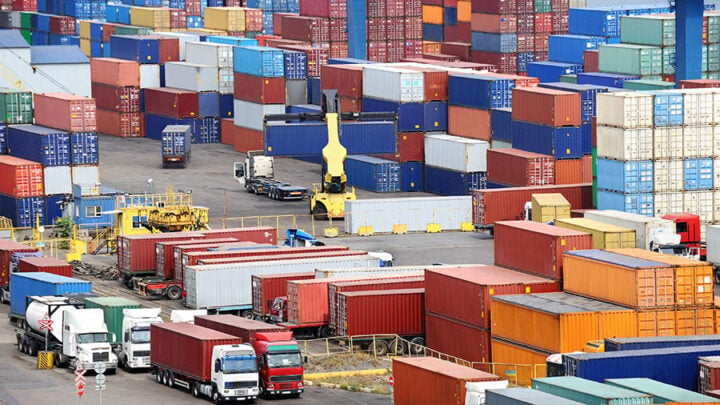Despite directly impacting our communities, health and livelihood, climate-related reports usually take a back seat to dominant news beats like politics and business. Climate Watch aims to ensure you never miss important stories on climate change and actions being taken towards limiting its impact.
Here is a round-up of last week’s climate stories:
- In recent years, airlines have been moving to become more environmentally friendly options to reduce their carbon footprint. United Airlines last week joined the list of airlines diverting from using conventional fuel to using sustainable fuel (SAF). The airline became the first commercial carrier to fly a full passenger flight using “100 percent” sustainable aviation fuel. The flight, which took off on December 1, flew more than 100 passengers from Chicago’s O’Hare International Airport to Washington, D.C.’s Reagan National Airport on a 737 MAX 8. The airline has pledged to reduce its greenhouse gas emissions by 100 percent by 2050 without relying on traditional carbon offsets.
- With climate change causing disasters and taking communities by surprise, Sadiya Umar Farouq, minister of humanitarian affairs, said the federal government is enhancing its disaster preparedness, and strengthening its infrastructure to tackle climate change. She also mentioned that the government is working to ensure a cleaner and greener environment for Nigeria’s future generation. She said the fight against climate change requires coordinated action locally and globally, adding that the lack of global responsibility is the “main challenge” to tackling climate change. Read more here.
Advertisement
- It is not up to a month since COP26 ended but countries are beginning to take bold steps on climate action. Recently India installed up to 40 percent of its electrical capacity from non-fossil energy sources – a promise it made during the Paris agreement to achieve by 2030. The country has however achieved this feat even earlier than expected. With 156.83 gigawatts (GW) of non-fossil-based installed energy capacity, it now accounts for 40.1 percent of total installed electrical capacity. At the recently concluded COP26, Narendra Modi, prime minister, had vowed that by 2030, non-fossil fuel sources would account for 500 GW of installed electrical capacity in India.
- Also, months after Xi Jinping, Chinese president, unveiled the massive desert renewable build-out scheme, the country has just started off its second round of projects. According to a report from China Wind Power News, the country’s National Energy Administration (NEA) has asked provinces to submit a list of the second batch of projects by December 15. Each individual project must be at least one gigawatt in capacity, with construction starting in 2022 and finishing by 2023. The NEA is however encouraging a centralised energy storage to complement irregular wind and solar.
Add a comment






